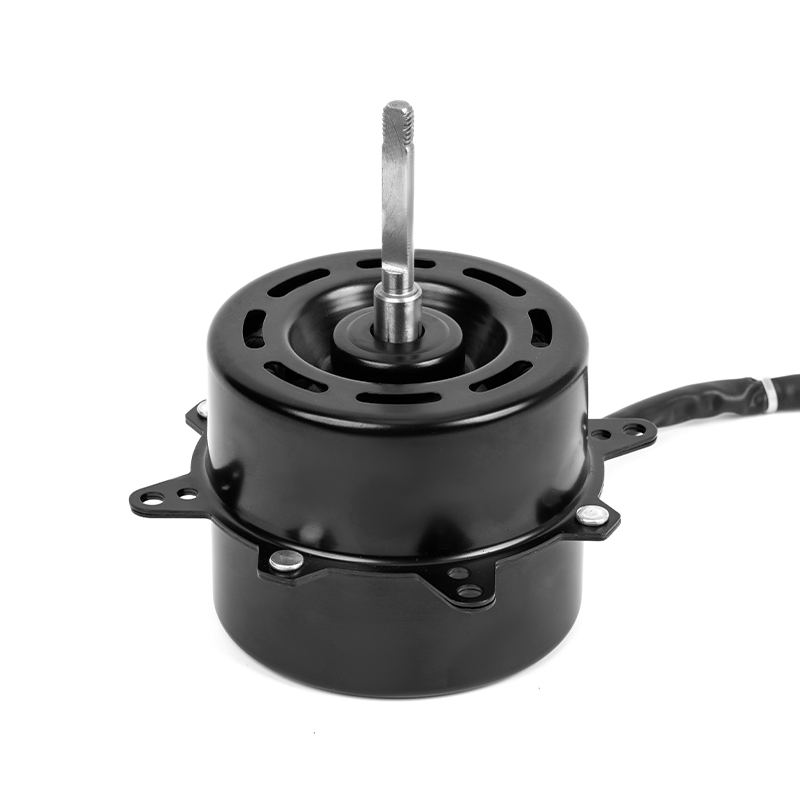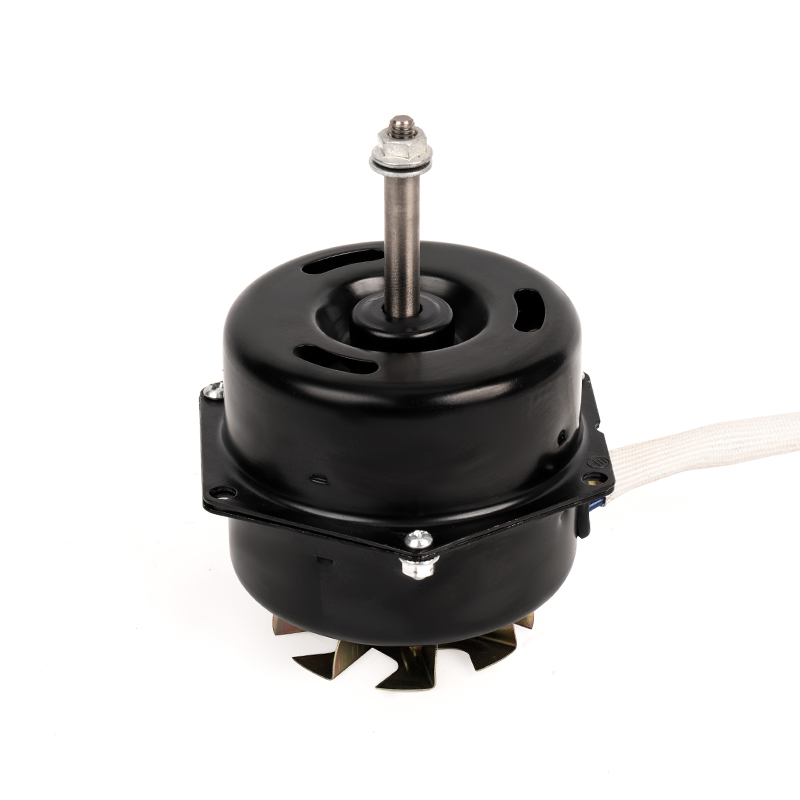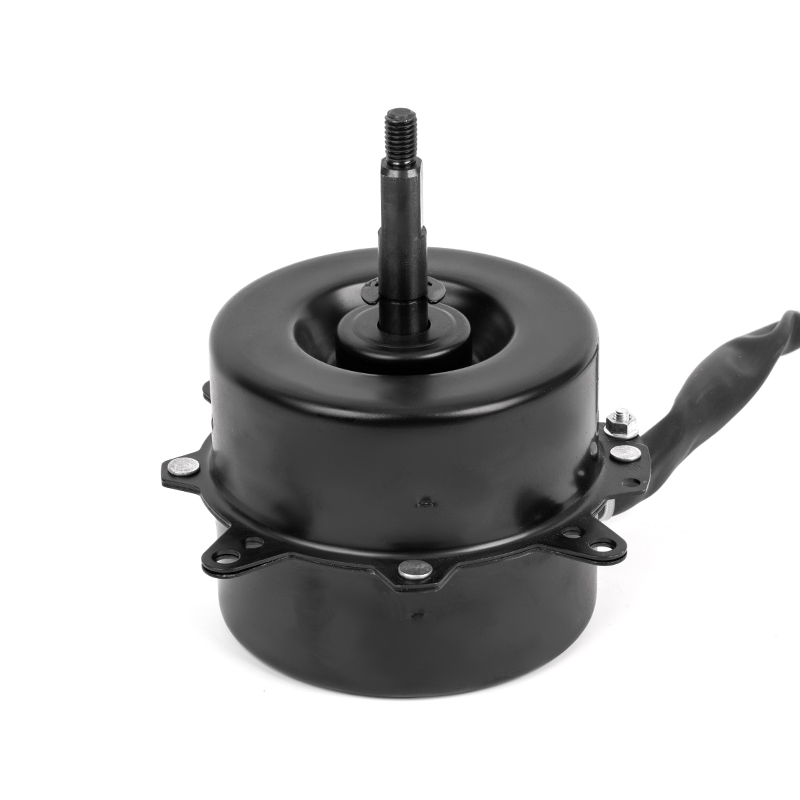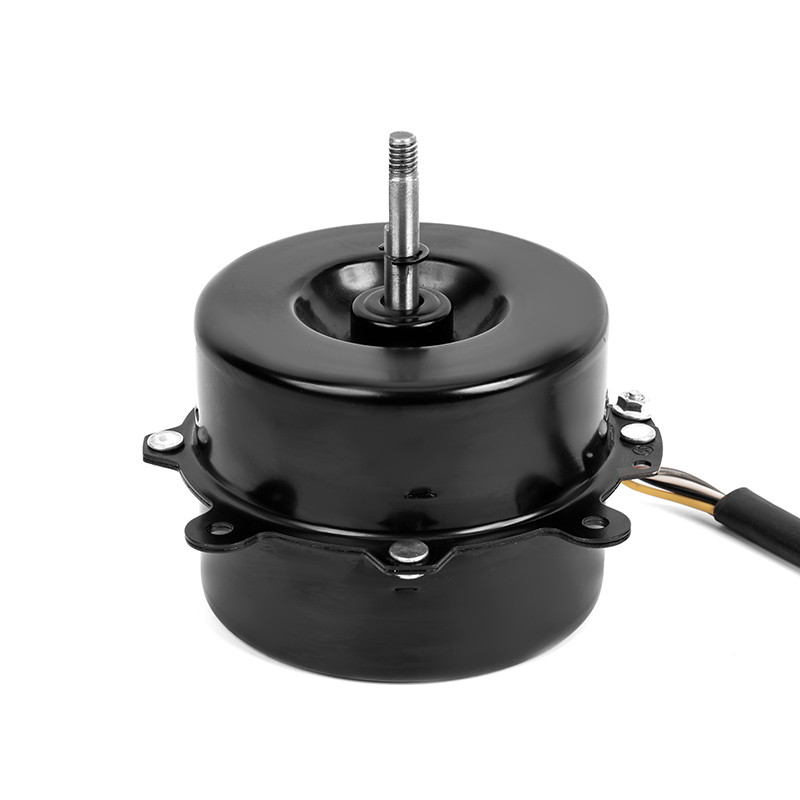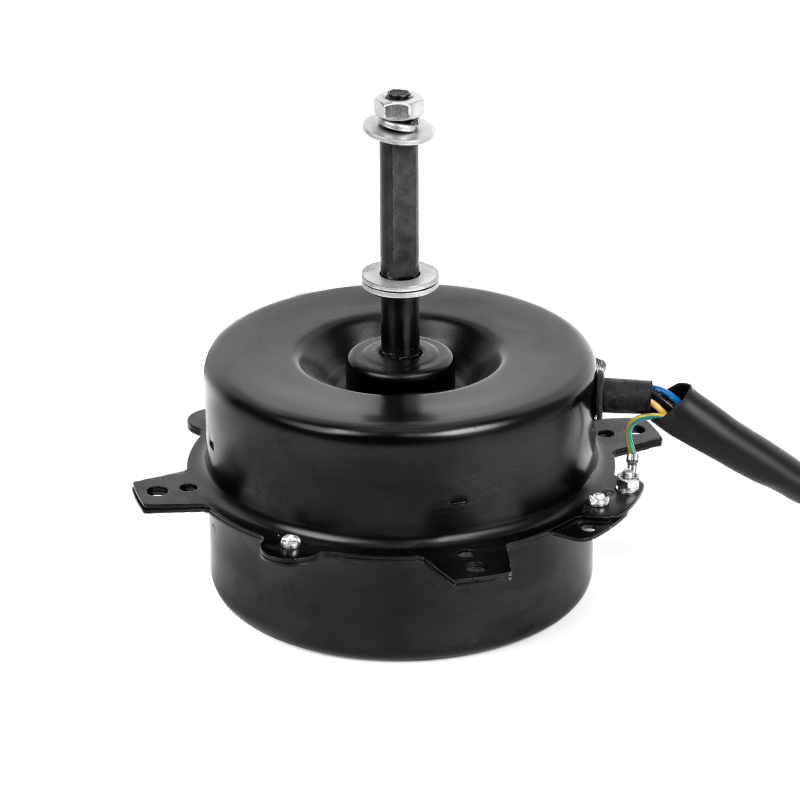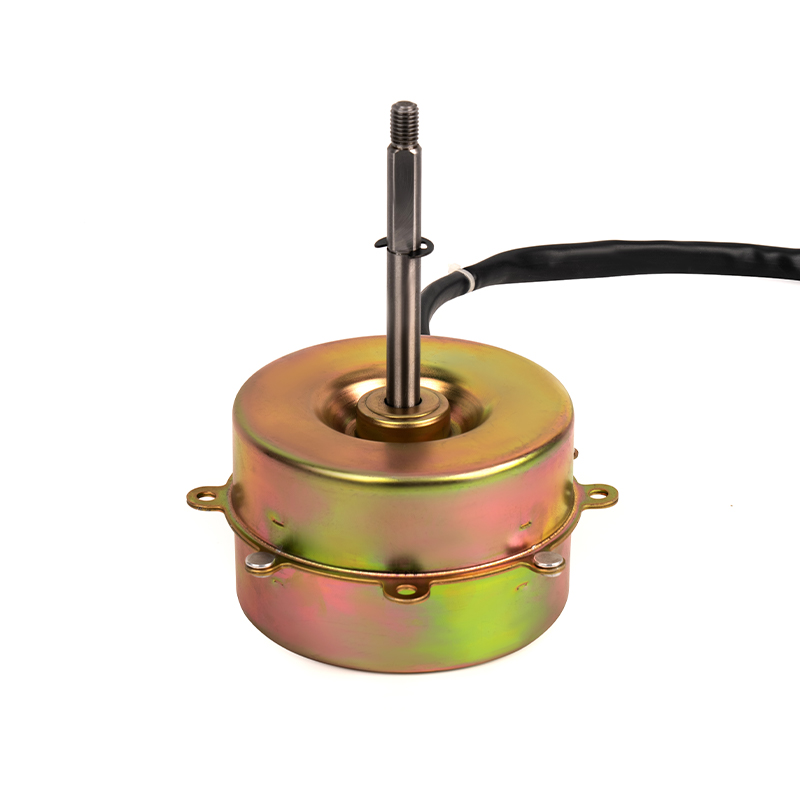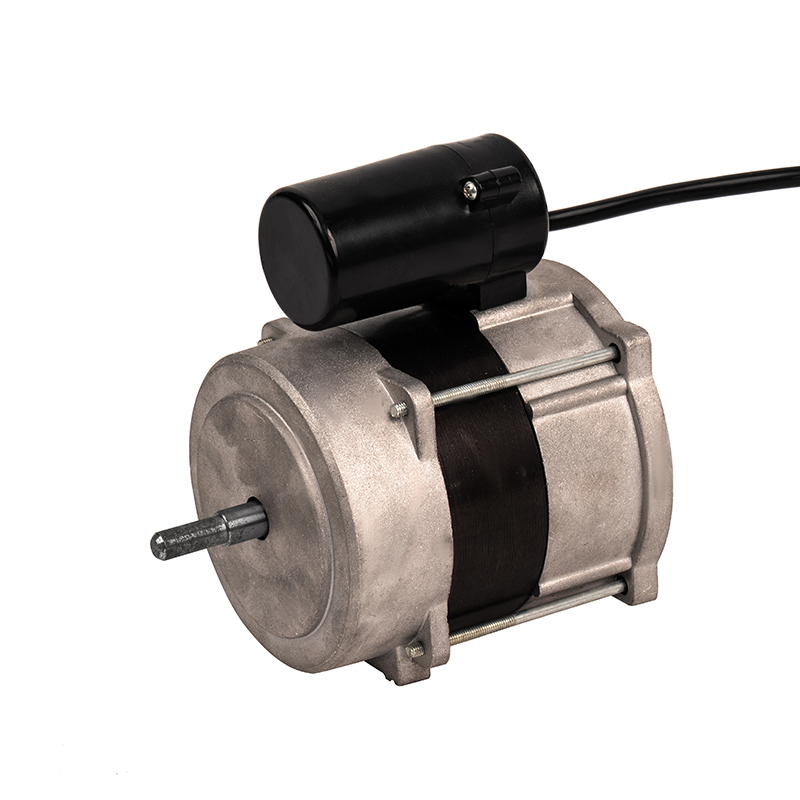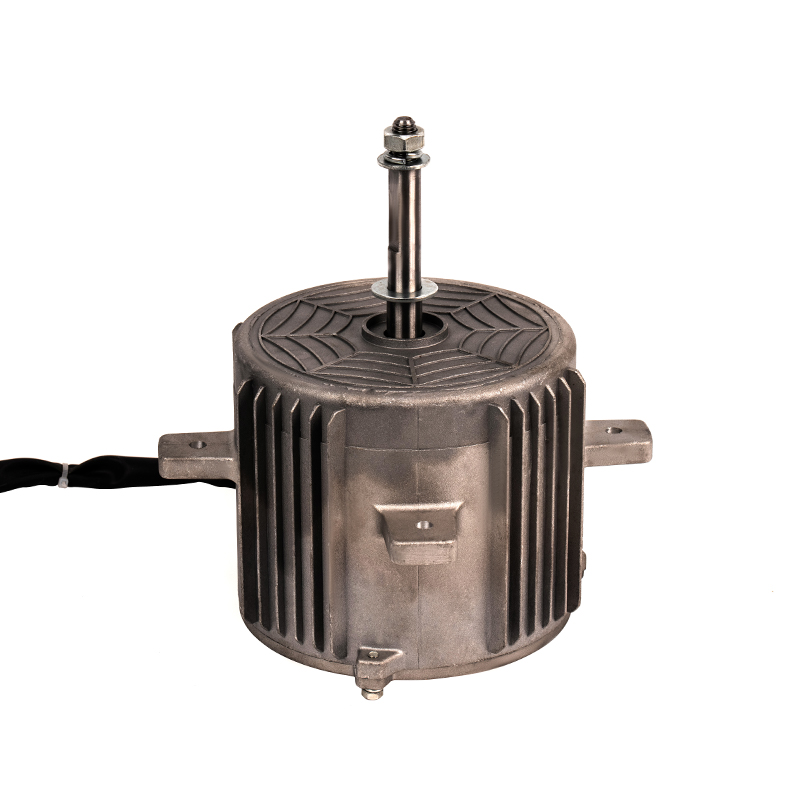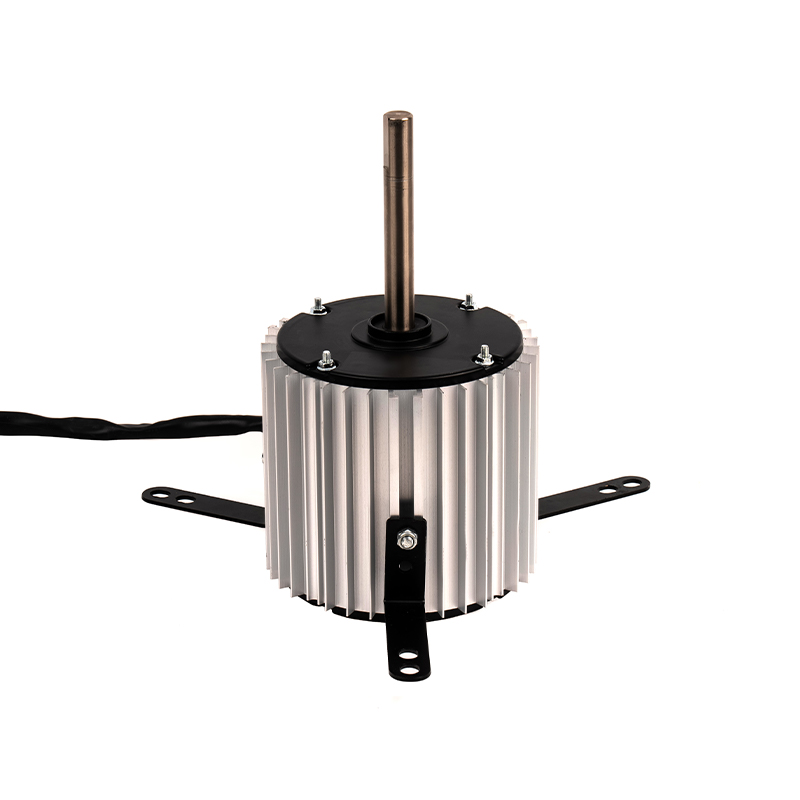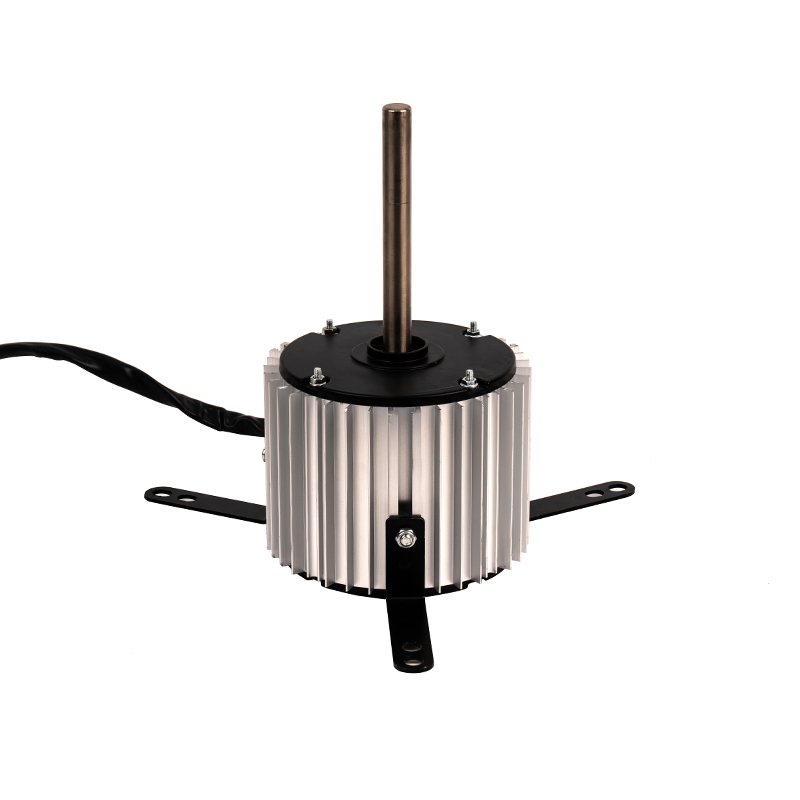سرعت موتور گرمایش کوچک AC تأثیر مستقیمی بر جریان هوا در سیستم گرمایش دارد که به نوبه خود بر کارآیی انتقال حرارت تأثیر می گذارد. سرعت سریعتر موتور منجر به جریان هوای بالاتر می شود ، که به طور کلی با حرکت سریعتر هوای گرم در اتاق یا فضا ، روند توزیع گرما را تسریع می کند. با این حال ، در حالی که افزایش جریان هوا به حرکت سریعتر گرما کمک می کند ، ممکن است زمان جذب گرما را کاهش دهد ، به این معنی که هوای گرم به اندازه طولانی برای انتقال گرما به محیط زیست به طور موثر نیست. این به طور بالقوه می تواند در شرایط خاص به گرمایش ناکارآمد منجر شود. به عنوان مثال ، در محیط هایی که نیاز به گرمایش پایدار و تدریجی دارند (مانند آشپزخانه های تجاری یا اتاق های سرور) ، سرعت سریعتر می تواند نقاط داغ و درجه حرارت ناهموار ایجاد کند و منجر به مشکلات راحتی شود. در مقابل ، اجرای موتور با سرعت کندتر ممکن است منجر به جریان هوا کمتری شود اما گرمای گرم و جذب بهتری داشته باشد و اطمینان حاصل شود که هوا برای مدت طولانی تر در منطقه باقی می ماند و امکان انتقال حرارتی بهتر به محیط زیست را فراهم می آورد. این تعادل بین حداکثر سرعت برای گرمای سریع و تضمین حتی توزیع و بهره وری انرژی است.
سرعت موتور کوچک گرمایشی AC همچنین می تواند بر قوام دما در فضای گرم شده تأثیر بگذارد. سرعت بالاتر منجر به حرکت سریعتر هوا می شود ، که گاهی اوقات می تواند مناطق درجه حرارت ناهموار ایجاد کند و در نتیجه لکه های سرد و مناطق داغ در سراسر فضا ایجاد شود. اجرای موتور با سرعت کندتر می تواند با اجازه حرکت تدریجی و کنترل شده هوا به حفظ درجه حرارت مداوم کمک کند. با کاهش سرعت جریان هوا ، هوا می تواند به روشی توزیع شود که گردش خون بهتر و ثبات حرارتی را تضمین می کند ، اطمینان حاصل می شود که هیچ بخشی از اتاق به طور قابل توجهی داغ تر یا سردتر از سایرین نیست. در بسیاری از برنامه های HVAC ، دستیابی به تعادل بین سرعت و قوام برای حفظ راحتی و در عین حال به حداکثر رساندن صرفه جویی در مصرف انرژی مهم است. گزینه های سرعت قابل تنظیم به کاربران امکان می دهد سرعت موتور را در مناطق خاص در یک ساختمان تنظیم کنند و اطمینان حاصل کنند که کنترل دما به راحتی و کارآیی پاسخگو است.
سرعت موتور به طور مستقیم با مصرف انرژی موتور AC گرمایش کوچک ارتباط دارد. اجرای موتور با سرعت بالاتر نیاز به برق بیشتری دارد که می تواند منجر به افزایش هزینه های عملیاتی شود. این امر به این دلیل است که انرژی بیشتری برای دستیابی به خروجی بالاتر موتور برای دستیابی به جریان هوای بالاتر لازم است. سرعت بالاتر اغلب در فضاهای بزرگتر که نیاز به گرمایش سریع دارند ، لازم است ، اما می تواند منجر به قبض های برق بالاتر شود. از طرف دیگر ، اجرای موتور با سرعت کندتر به انرژی کمتری نیاز دارد و می تواند راندمان کلی سیستم را بهبود بخشد. این امر به ویژه در محیط هایی که باید گرمای مداوم در طی دوره های طولانی حفظ شود ، مانند مناطق مسکونی کم ترافیک یا دفاتر کوچکتر ، که در آن ممکن است تقاضا برای جریان هوای شدید به اندازه زیاد نباشد ، مهم باشد. موتورهای با سرعت متغیر ، مجهز به مکانیسم های کنترل سرعت ، به کاربران امکان می دهد تا بر اساس اندازه اتاق ، کیفیت عایق و دمای مورد نظر ، مصرف انرژی را بهینه کنند و اطمینان حاصل کنند که گرمایش هم مؤثر است و هم مقرون به صرفه است.
موتورهای کوچک گرمایشی AC مجهز به کنترل سرعت قابل تنظیم مانند درایوهای سرعت متغیر (VSD) یا اینورترهای فرکانس هستند که به کاربران امکان می دهد سرعت موتور را با توجه به نیازهای خاص گرمایش تغییر دهند. موتورهای با سرعت متغیر طیف وسیعی از مزایا را نسبت به مدل های سنتی با سرعت ثابت ارائه می دهند. با تنظیم سرعت موتور ، کاربران می توانند دقیقاً جریان هوا ، توزیع گرما و مصرف انرژی را کنترل کنند تا نیازهای یک فضای خاص را برآورده کنند. در آب و هوای فصلی ، جایی که نیازهای گرمایشی نوسان دارد ، موتور را می توان با سرعت کم در هوای خفیف اجرا کرد تا دمای مداوم و بدون استفاده از انرژی بیش از حد حفظ شود ، و سپس در طول هوای سرد برای تحویل سریع گرمای بالاتر با سرعت بالاتر تنظیم شود. این قابلیت همچنین به موتور اجازه می دهد تا به طور مؤثرتری به تغییرات محیطی مانند ویندوزهای باز یا افزایش اشغال پاسخ دهد ، که دما و جریان هوا را تحت تأثیر قرار می دهد. $ $



 ++86 13524608688
++86 13524608688